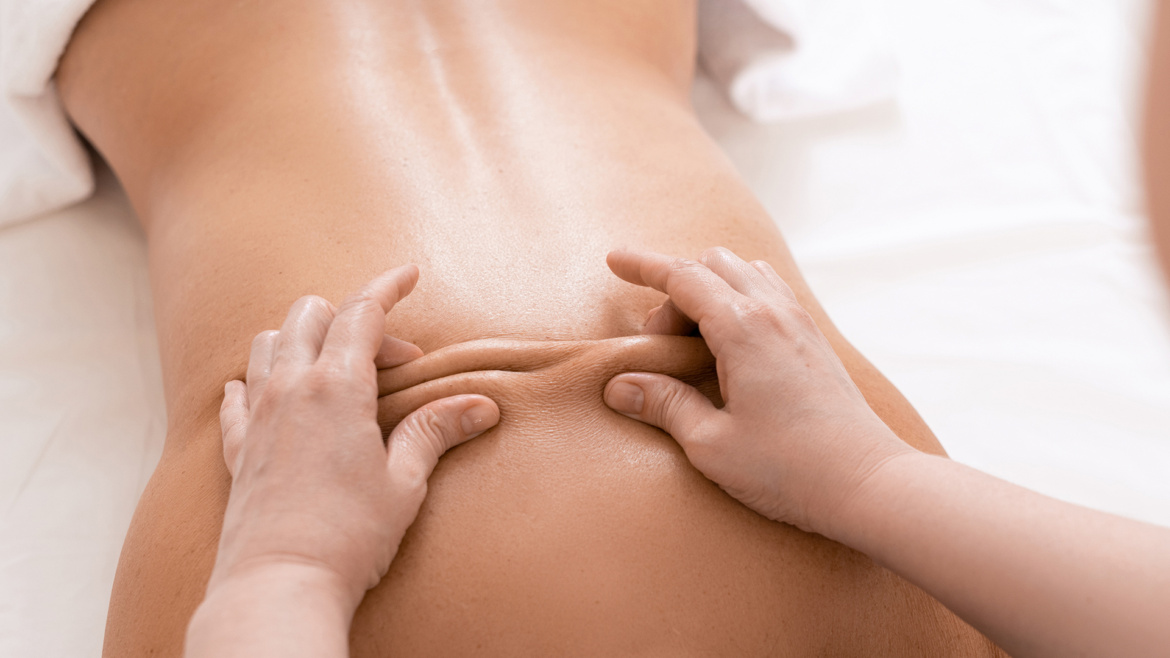Firm pressure and slow strokes to reach deeper layers of muscle and fascia (Optional: Hot Stones Included)
You should always tell your massage therapist if you feel pain during the massage. The therapist can adjust the technique or further prep the tissues if the superficial muscles are tense.
You should always tell your massage therapist if you feel pain during the massage. The therapist can adjust the technique or further prep the tissues if the superficial muscles are tense.
A type of massage therapy, deep tissue massage involves applying firm pressure and slow strokes to reach deeper layers of muscle and fascia (the connective tissue surrounding muscles). It’s used for chronic aches and pain and contracted areas such as a stiff neck and upper back, low back pain, leg muscle tightness, and sore shoulders.
At certain times during the massage, you may feel some discomfort or even some pain as the massage therapist works on areas where there are adhesions or scar tissue. Pain isn’t necessarily good, and it’s not a sign that the massage will be effective. In fact, your body may tense up in response to pain, making it harder for the therapist to reach deeper muscles.
You should always tell your massage therapist if you feel pain during the massage. The therapist can adjust the technique or further prep the tissues if the superficial muscles are tense.
Deep tissue massage usually focuses on a specific problem, such as chronic muscle pain, injury rehabilitation, and the following conditions:
- Low back pain
- Limited mobility
- Recovery from injuries (e.g. whiplash, falls)
- Repetitive strain injury, such as carpal tunnel syndrome3
- Postural problems
- Muscle tension in the hamstrings, glutes, IT band, legs, quadriceps, rhomboids, upper back
- Osteoarthritis pain
- Sciatica
- Piriformis syndrome4
- Tennis elbow
- Fibromyalgia
- Upper back or neck pain


